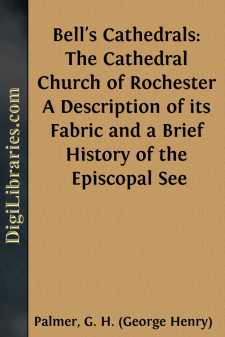Categories
- Antiques & Collectibles 13
- Architecture 36
- Art 48
- Bibles 22
- Biography & Autobiography 813
- Body, Mind & Spirit 142
- Business & Economics 28
- Children's Books 17
- Children's Fiction 14
- Computers 4
- Cooking 94
- Crafts & Hobbies 4
- Drama 346
- Education 46
- Family & Relationships 57
- Fiction 11829
- Games 19
- Gardening 17
- Health & Fitness 34
- History 1377
- House & Home 1
- Humor 147
- Juvenile Fiction 1873
- Juvenile Nonfiction 202
- Language Arts & Disciplines 88
- Law 16
- Literary Collections 686
- Literary Criticism 179
- Mathematics 13
- Medical 41
- Music 40
- Nature 179
- Non-Classifiable 1768
- Performing Arts 7
- Periodicals 1453
- Philosophy 64
- Photography 2
- Poetry 896
- Political Science 203
- Psychology 42
- Reference 154
- Religion 513
- Science 126
- Self-Help 84
- Social Science 81
- Sports & Recreation 34
- Study Aids 3
- Technology & Engineering 59
- Transportation 23
- Travel 463
- True Crime 29
Sort by:
Belinda Act I It is a lovely April afternoon–a foretaste of summer–in Belinda's garden. Betty, a middle-aged servant, is fastening a hammock–its first appearance this year–to a tree down L. In front there is a garden-table, with a deck-chair on the right of it and a straight-backed one to the left. There are books, papers, and magazines on the table. Belinda, of whom we shall know more...
more...
by:
Thomas Perkins
CHAPTER I The etymology of the name Romsey has been much disputed. There can be no doubt about the meaning of the termination “ey”—island—which we meet with under different spellings in many place-names, such as Athelney, Ely, Lundy, Mersea and others, for Romsey stands upon an island, or rather group of islands, formed by the division of the river Test into a number of streams, which again...
more...
CHAPTER I. HISTORY OF THE FOUNDATION AND FABRIC OF THE ABBEY CHURCH, AND SOME ACCOUNT OF ITS BENEFACTORS. Tradition, originating in the desire to account for the name of the town, would assign the foundation of a cell or chapel to Theoc, or in Latin form Theocus, in or about 655. In support of this theory Camden and others assert that it was called in Anglo-Saxon times Theocsburg or Theotisbyrg. Others...
more...
by:
C. King Eley
CHAPTER I HISTORY OF THE CATHEDRAL CHURCH OF THE HOLY AND UNDIVIDED TRINITY The details of the founding of the cathedral of Carlisle are very precise and clear. When William Rufus returned southwards after re-establishing the city of Carlisle, he left as governor a rich Norman priest named Walter. He began at once to build a church to be dedicated to the Blessed Virgin Mary, which was to have in...
more...
by:
Joseph E. Bygate
CHAPTER IThe Building Of The Church The traveller northward by the East Coast Route cannot fail to be struck by the beauty of the city of Durham, with its red-roofed houses nestling beneath the majestic site of the cathedral and castle. For splendid position the Cathedral of Durham stands unequalled in this country; on the Continent, perhaps that of Albi can alone be compared with it in this respect....
more...
CHAPTER I. THE HISTORY OF THE BUILDING. No mention has been found of Ely as a town before the time of the virgin queen S. Etheldreda. The district known as the Isle of Ely—which now includes the whole of the northern part of Cambridgeshire above the River Ouse, together with a few parishes east of that river that are in the county—is spoken of at the time of the marriage of the princess as if it...
more...
CHAPTER I HISTORY OF THE BUILDING It is neither possible, nor desirable, within the limits of a book of this size and scope, to go fully into the question, interesting though it be, of the relative claims of Aldred and Serlo to the honour of the first building of the Abbey of Gloucester. Professor Willis, in his lecture addressed to the meeting of the Archæological Institute, held at Gloucester in...
more...
PREFACE. The original authorities for the history (both constitutional and architectural) of the Church of Ripon have been most ably edited for the Surtees Society by the Rev. Canon J. T. Fowler, F.S.A., in his Memorials of Ripon and The Ripon Chapter Acts (Surtees Soc., vols. 74, 78, 81, 64). These authorities range from the Saxon period to the times following the Reformation, but in the Introductions...
more...
CHAPTER I. Long, eventful, and very interesting is the history of the cathedral, or rather of the successive cathedrals, of the ancient city of Rochester. It is many centuries since, in 597, St. Augustine and his fellow missionaries landed on the coast of Thanet, almost on the very spot where Hengist and his bands had disembarked nearly one hundred and fifty years before. Hengist’s descendant,...
more...
by:
Thomas Perkins
HISTORY OF THE BUILDING. Long before any church stood on the site of the present cathedral, long before the time of Albanus, who is universally allowed to have been the first Christian martyr whose blood was shed in this island, events that have found a place in the early history of Britain occurred in the immediate neighbourhood of the city we call St. Albans. Here in all probability stood the oppidum...
more...



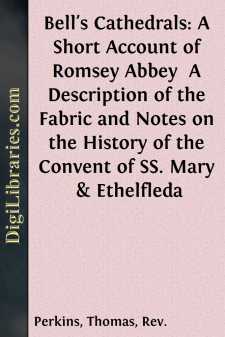

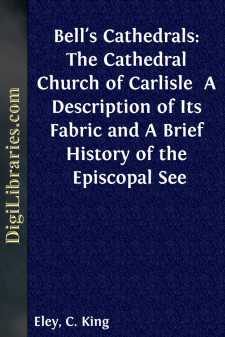
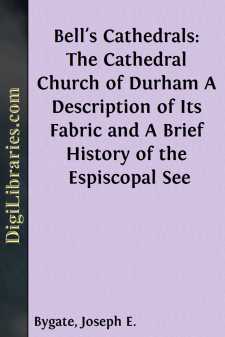
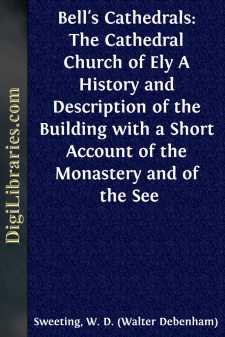
![Bell's Cathedrals: The Cathedral Church of Gloucester [2nd ed.]...](https://digilibraries-com.s3.eu-central-1.amazonaws.com/covers/19f010e5-29ed-4100-9d5c-845551573294.jpg)

